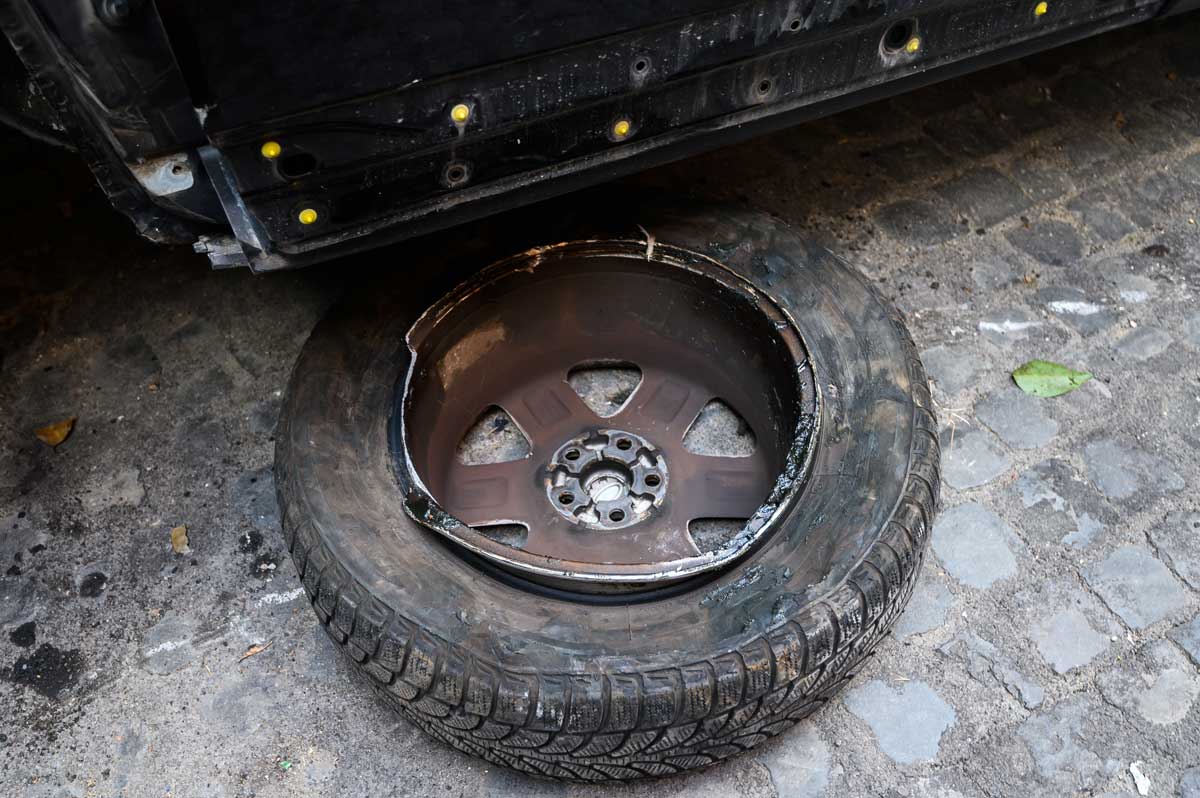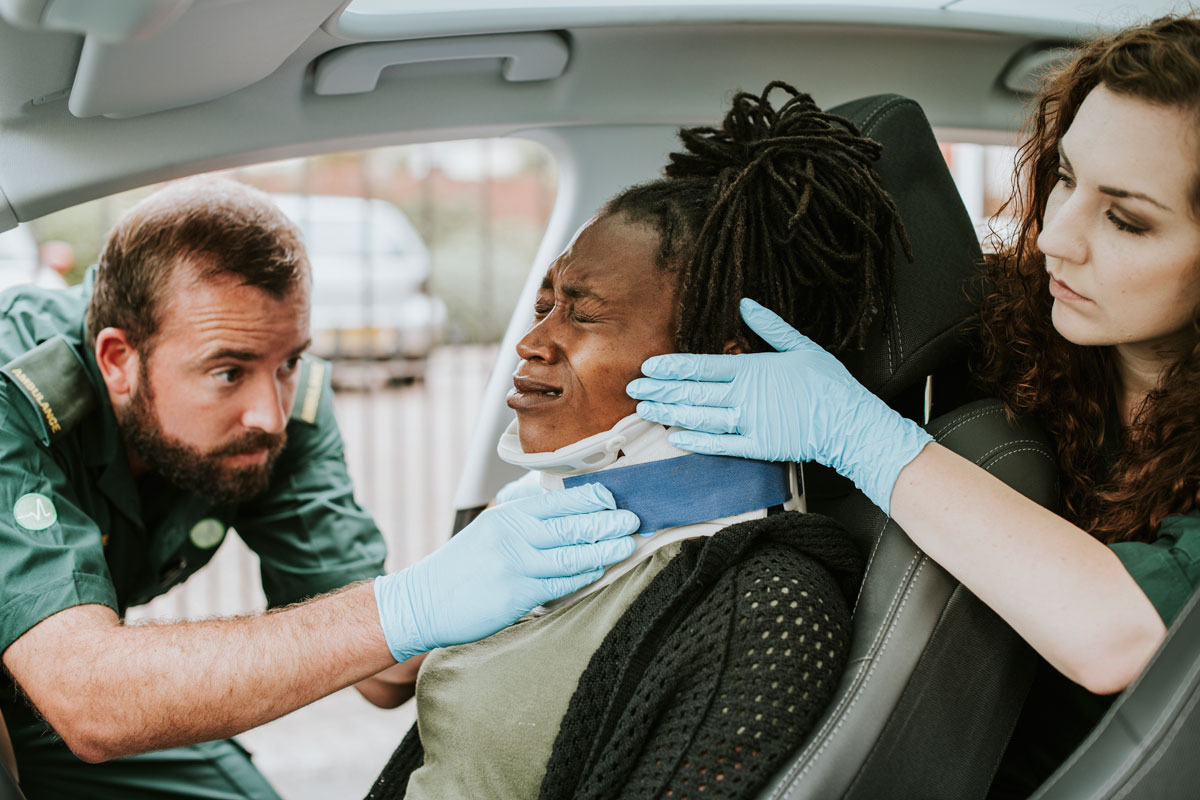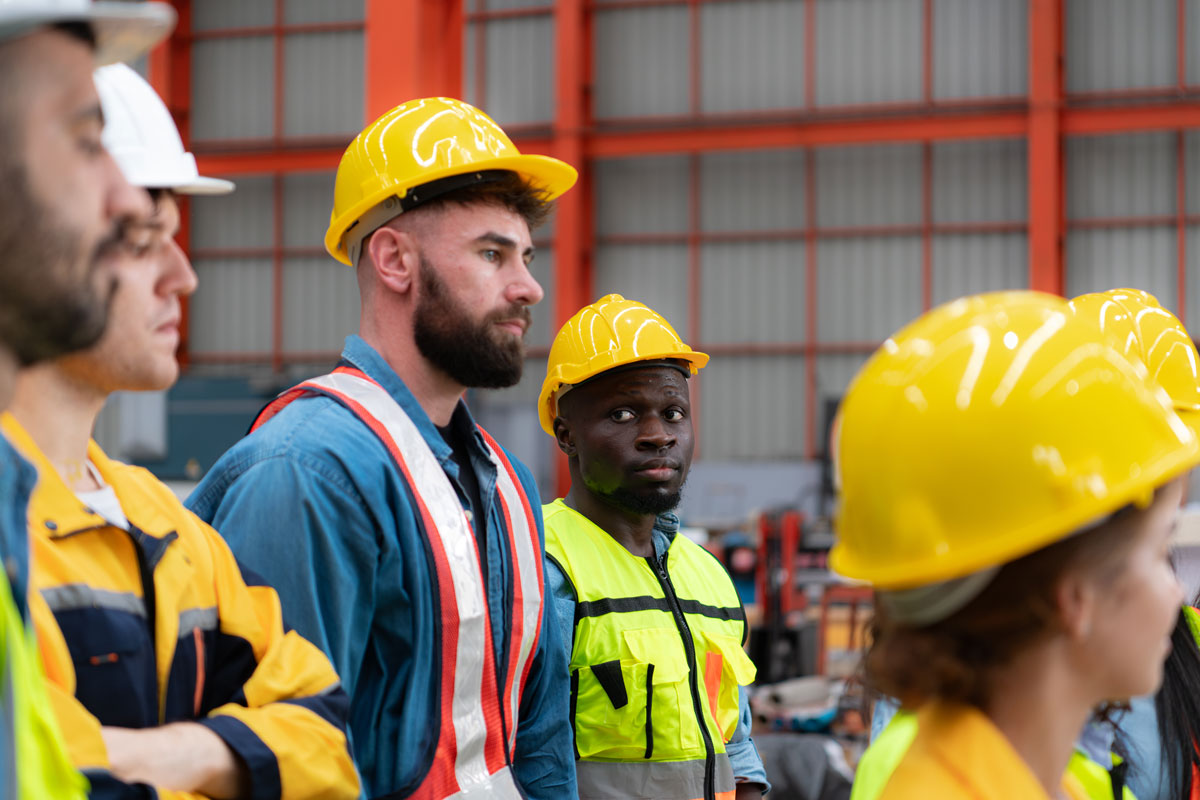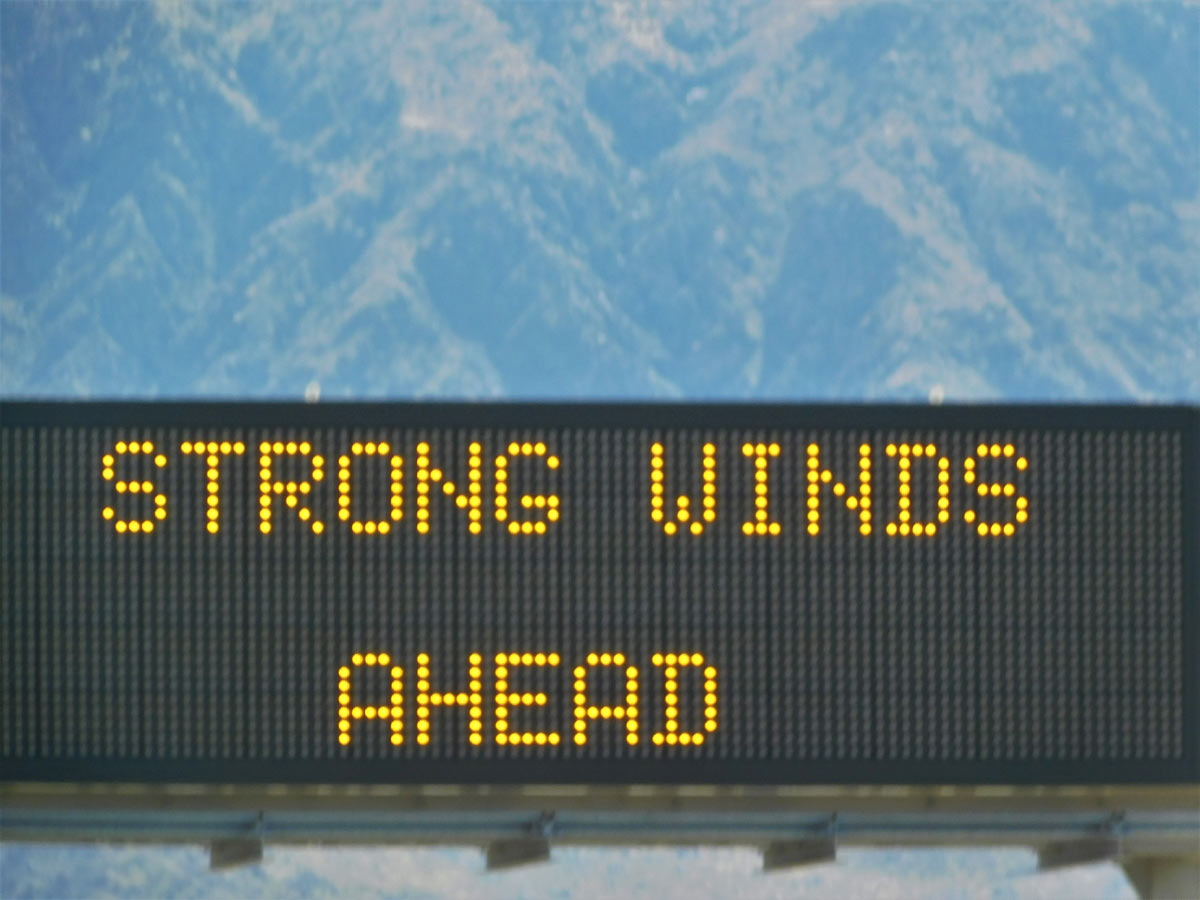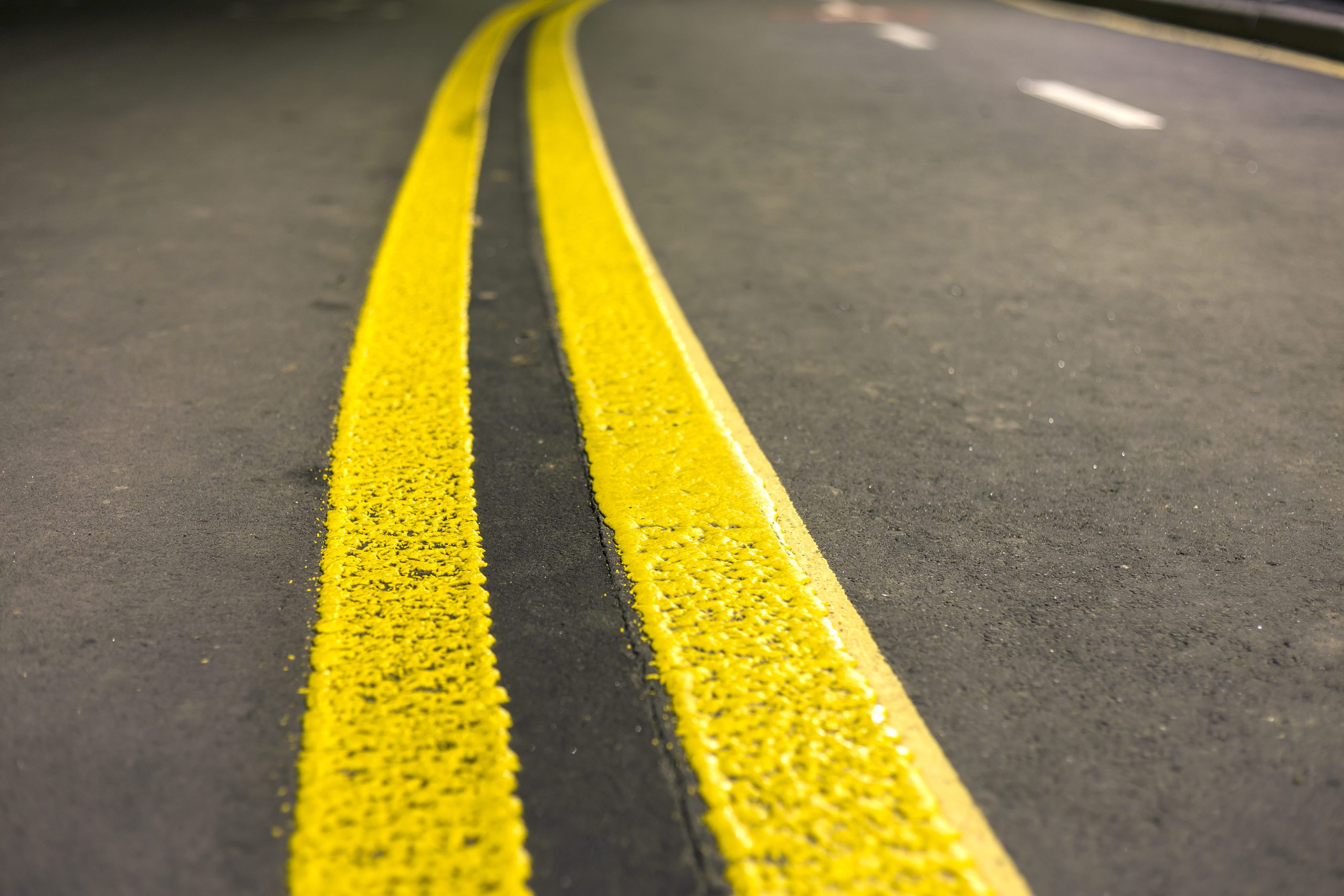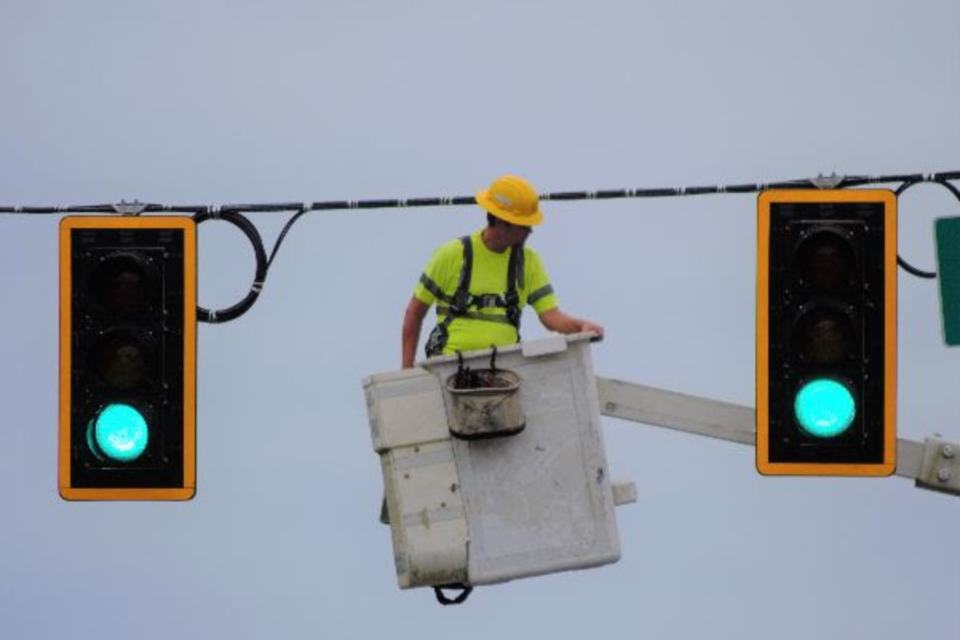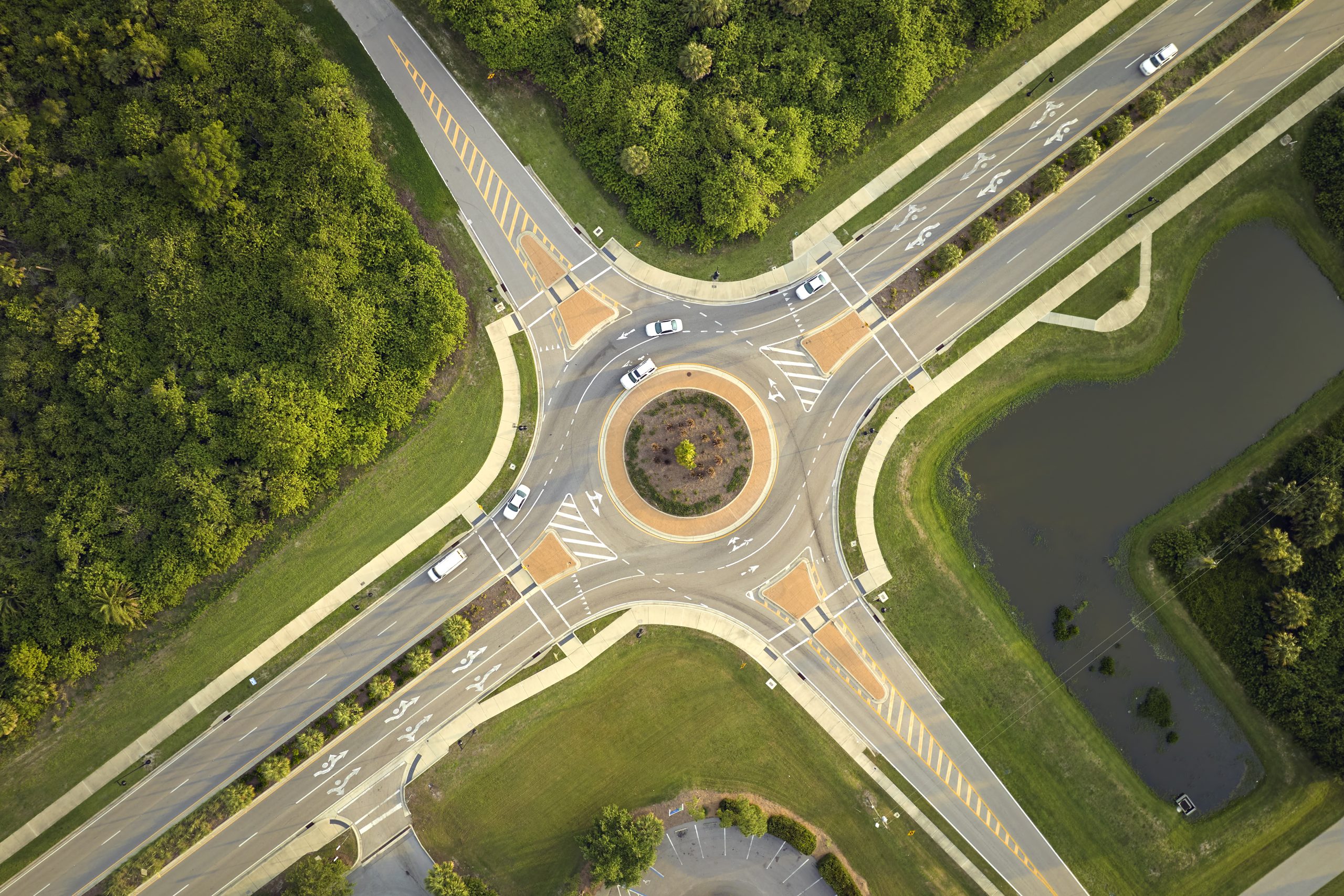Liability Risks from Poor Road Maintenance
Road agencies have a fundamental duty to keep the public right-of-way reasonably safe. When pavement distress, drainage failures, missing signs, or other hazards are left uncorrected, the danger is not limited to flat tires or cracked windshields, it extends to expensive lawsuits that can drain already thin transportation budgets. How Negligence Turns into Liability Courts … Read more
